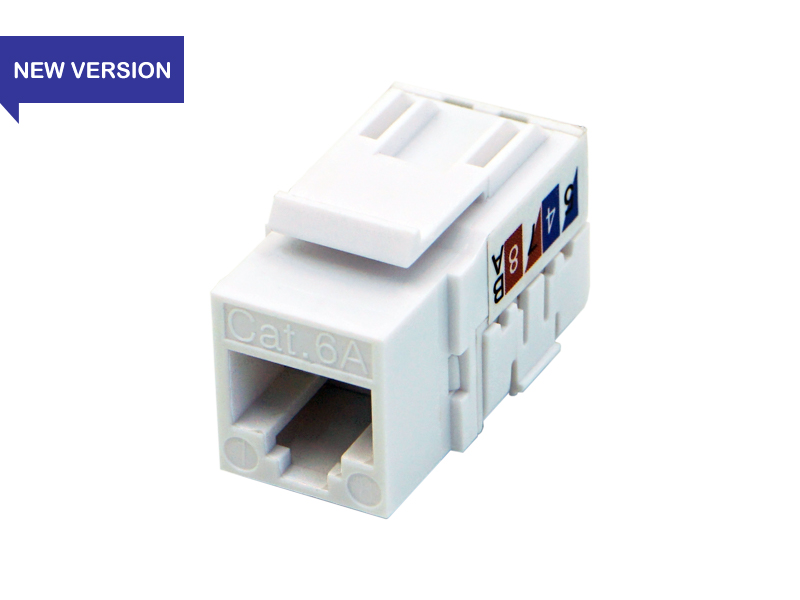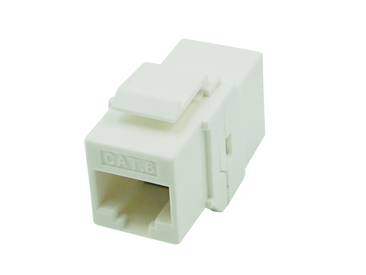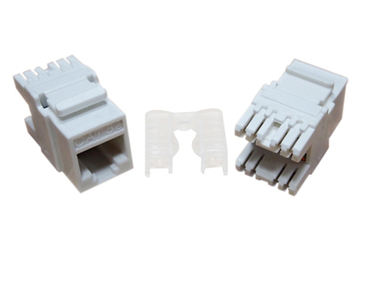
An optical fiber connector is a connecting device that can be disassembled between the optical fiber and the optical fiber in the link of optical fiber communication transmission in order to realize the connection of equipment, system and different modules. The device that enables the optical path to perform the transmission function according to the required channel, and realizes and completes the predetermined or desired goal and the required device is called an optical fiber connector.
The basic requirement of the optical fiber connector is to precisely connect the two end faces of the optical fiber to minimize the impact on the system due to its intervention in the optical link, so that the output optical energy of the transmitting fiber can be maximized to enter the receiving fiber. The optical fiber connector also affects the reliability and performance of the optical transmission system to a certain extent.
At present, optical fiber communication has entered the stage of practical application. With the continuous development of domestic communication industry, the scope of applications has also increased. Optical fiber connectors have various types and structures, but no matter what type of optical fiber connectors, the basic structure is indeed the same.
Most of the optical fiber connectors use high-precision components to realize the butt connection of optical fibers. As a fiber-to-fiber connector, it is a detachable (movable) connection device.
1. FC type
The external reinforcement method is a metal sleeve, and the fastening method is a turnbuckle.
2. SC type
Its shell is rectangular, and the structural dimensions of the pins and coupling sleeves used are exactly the same as those of the FC type. Among them, the end face of the pin mostly adopts the PC or APC type grinding method; the fastening method is the plug-in latch type, without rotation.
3. ST type
It is often used in optical fiber distribution frames, the shell is round, and the fastening method is turnbuckles.
4. LC type
It is made with a modular jack latch mechanism that is easy to operate. The density of optical fiber connectors in the optical distribution frame can be increased.
5. Double cone type
It is composed of two precision molded ends, a truncated cone-shaped cylindrical plug and a coupling assembly with a double-cone plastic sleeve inside.
6. DIN4 type
The structure size of the used pin and coupling sleeve is the same as that of the FC type, and the end face treatment adopts the PC grinding method.
7. MT-RJ type connector
By aligning the optical fiber with the guide pins installed on both sides of the small sleeve, the optical fiber on the connector end face is a dual-core (0.75mm spacing) arrangement design, which is a next-generation high-density optical connector mainly used for data transmission.
8. MU type
The use of a 1.25mm diameter casing and self-retaining mechanism has the advantage of being able to achieve high-density installation.
If you have any interests of fiber patch cord, welecome to contact Copperled Technology Co.,Ltd. (Tel: 0755-27896171)


